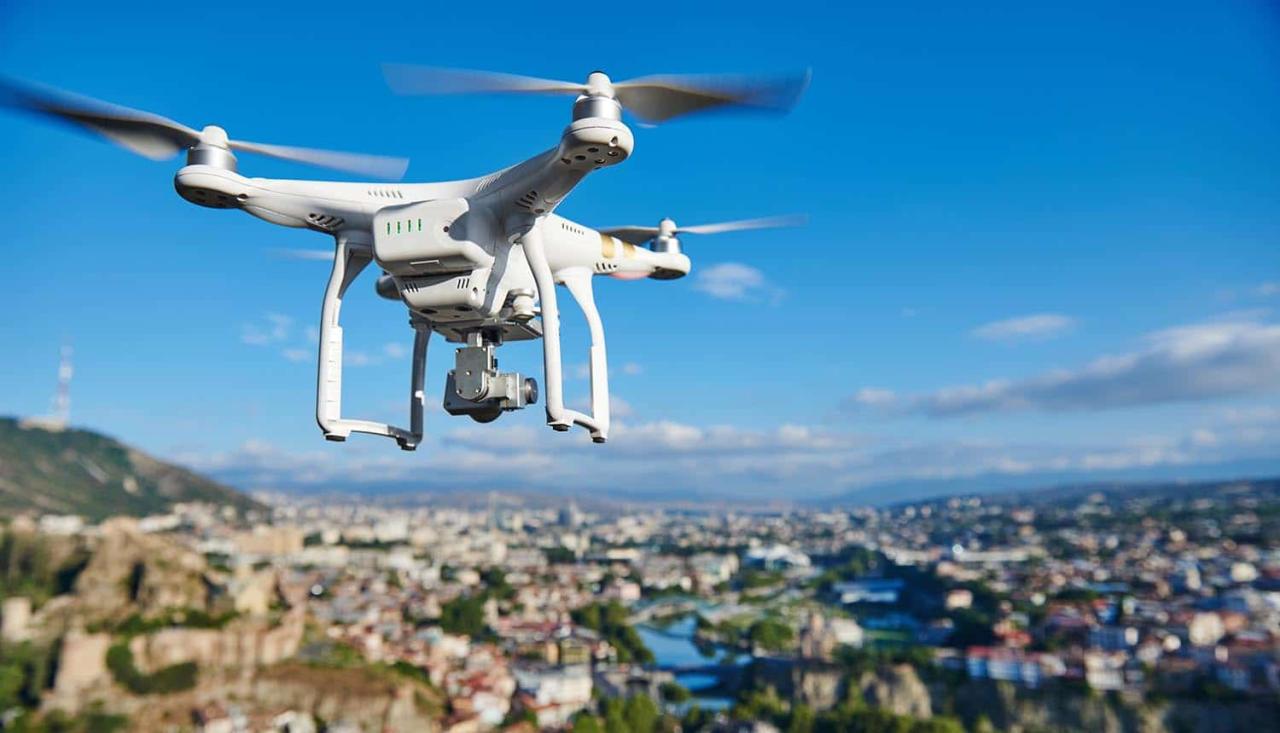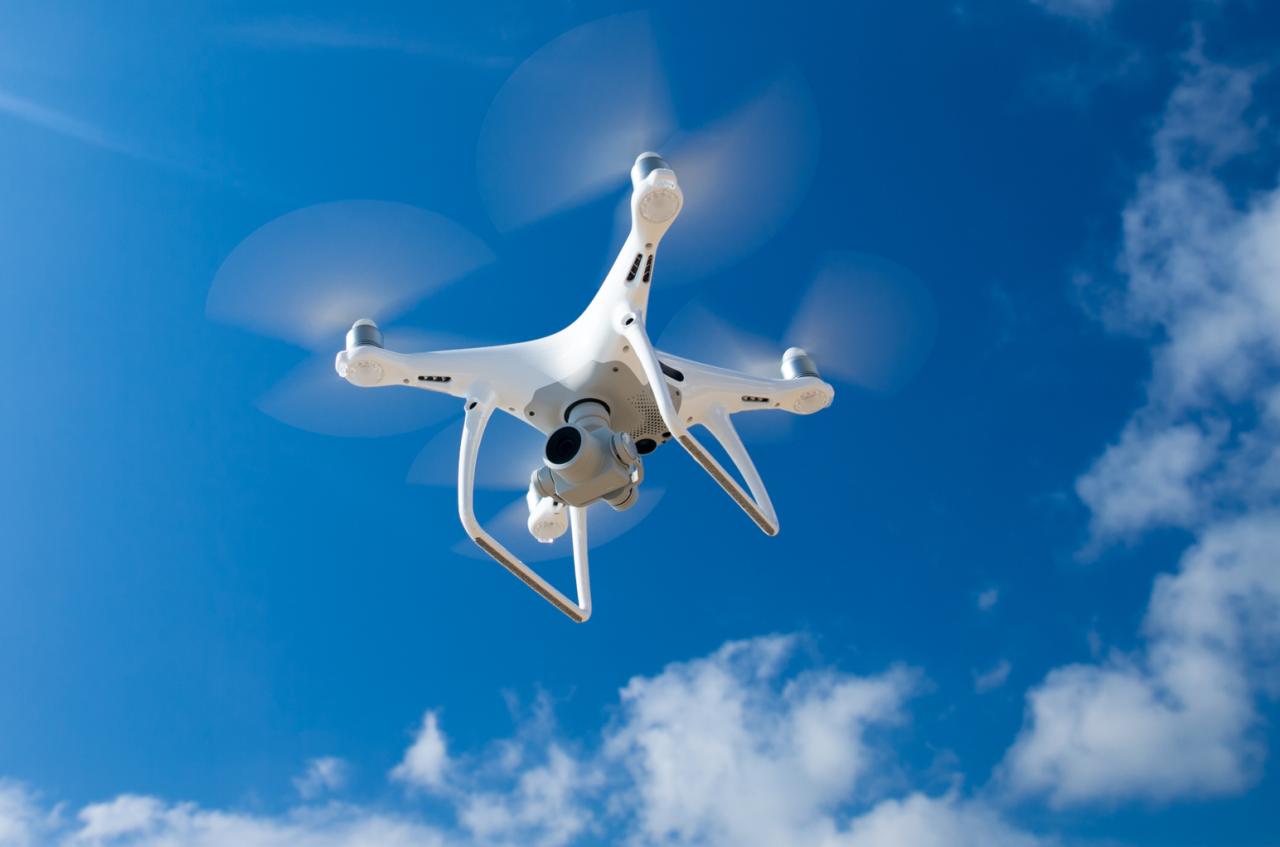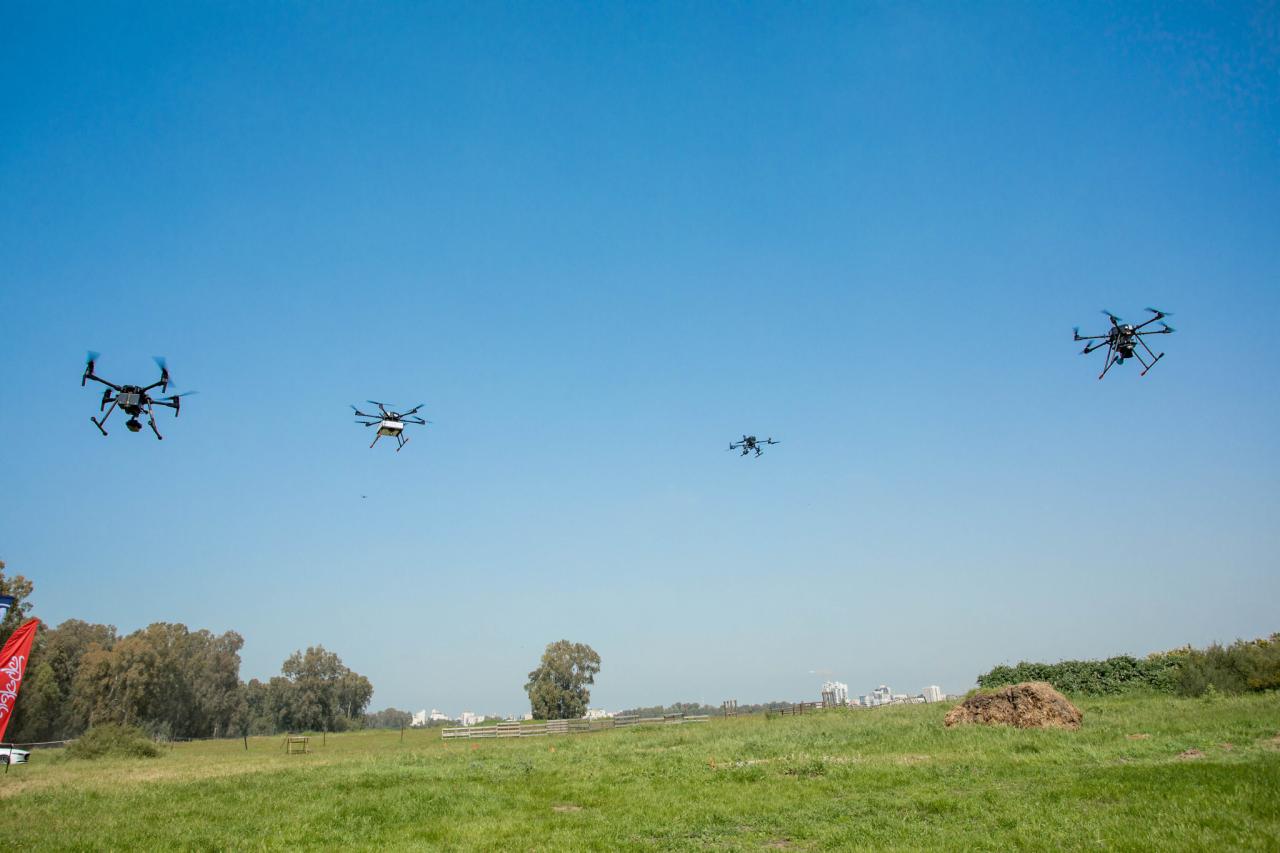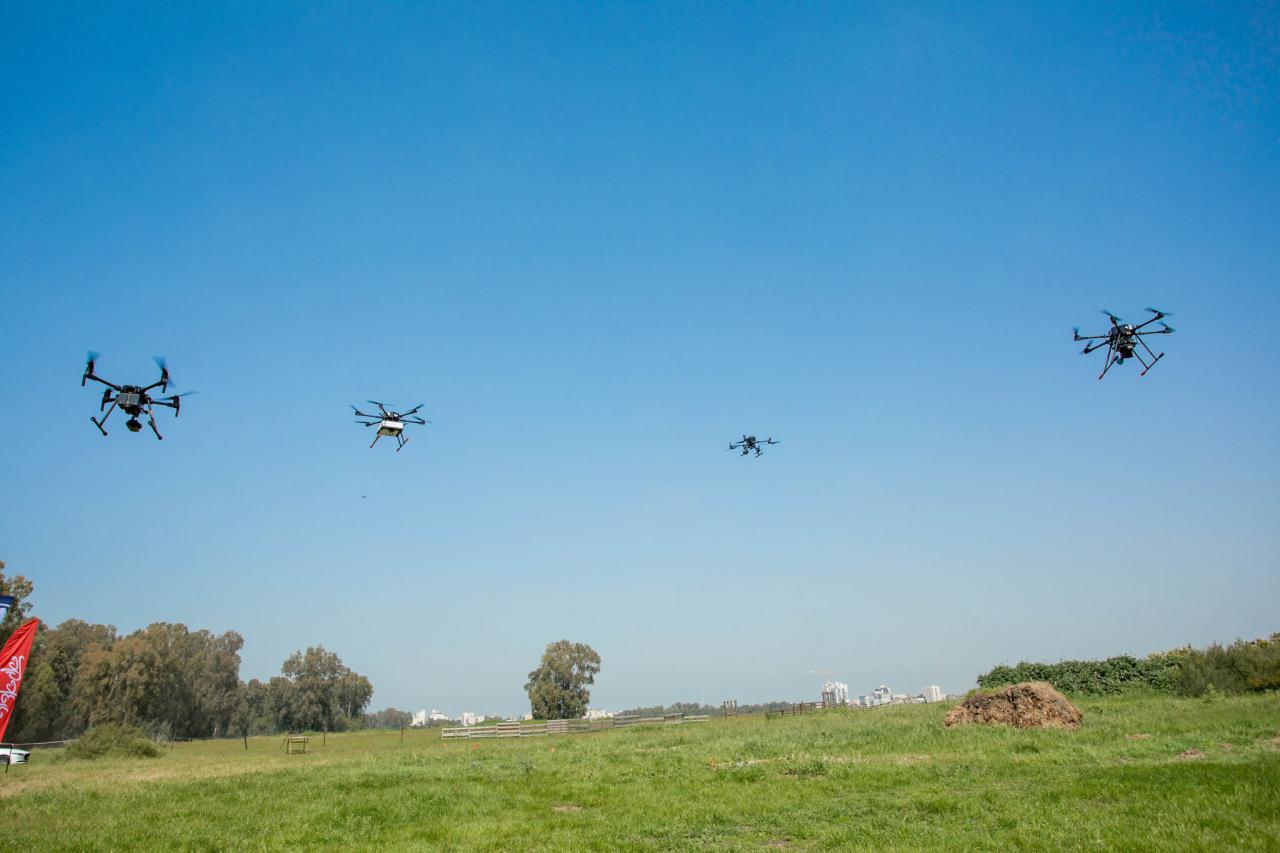Sky elements drones are revolutionizing atmospheric research. These unmanned aerial vehicles (UAVs), equipped with advanced sensors and payloads, provide unprecedented access to atmospheric data, enabling scientists to study weather patterns, air quality, and other crucial elements with greater precision and efficiency than ever before. This detailed exploration delves into the technology, applications, and future potential of these innovative tools.
From their diverse sensor capabilities—measuring temperature, humidity, pressure, wind speed, and particulate matter—to their ability to reach remote or hazardous locations, sky elements drones offer a powerful new approach to atmospheric science. This report examines the various types of drones utilized, data acquisition and analysis techniques, safety regulations, and the promising future integrations of AI and machine learning.
Drone Technology in Atmospheric Studies: Sky Elements Drones
Unmanned aerial vehicles (UAVs), commonly known as drones, have revolutionized atmospheric research, offering unprecedented access to previously unreachable altitudes and providing high-resolution data collection capabilities. Their versatility and affordability make them a powerful tool for understanding various atmospheric phenomena.
Types of Drones Used for Sky Element Research
Several drone types cater to the specific needs of atmospheric research. Fixed-wing drones offer longer flight times and greater range, ideal for large-scale surveys. Multirotor drones, known for their maneuverability and hovering capabilities, are preferred for detailed, localized measurements. Hybrid drones combine the advantages of both, offering a balance between flight time and precision. The choice of drone depends on the research objectives and the specific atmospheric conditions.
Sky elements drones, with their advanced capabilities, are increasingly relevant in modern conflict. Recent events, such as the significant ukraine drone attack on russia , highlight their tactical importance. The development and deployment of these drones continue to evolve, shaping the future of aerial warfare and prompting further discussion about their ethical implications.
Sensors and Payloads in Sky Element Drones
The effectiveness of drone-based atmospheric research hinges on the sensors and payloads deployed. Common sensors include GPS for precise positioning, meteorological sensors (temperature, humidity, pressure, wind speed), and various spectrometers for gas analysis. Advanced payloads might include high-resolution cameras for cloud imaging, lidar for atmospheric profiling, and even specialized sensors for measuring radiation or particulate matter. The selection of sensors depends on the parameters being investigated.
Advantages and Limitations of Drone-Based Atmospheric Data Collection, Sky elements drones
Compared to traditional methods like weather balloons or satellites, drones offer several advantages: increased spatial resolution, targeted data collection, cost-effectiveness for smaller-scale studies, and rapid deployment. However, limitations include shorter flight times compared to weather balloons, susceptibility to weather conditions (wind, rain), and regulatory restrictions on flight operations. The optimal approach often involves a combination of drone-based and traditional methods.
Comparison of Drone Platforms for Atmospheric Research
| Drone Type | Payload Capacity | Flight Time | Range |
|---|---|---|---|
| Fixed-Wing | High | High | High |
| Multirotor | Moderate | Moderate | Moderate |
| Hybrid | Moderate-High | High | High |
Data Acquisition and Analysis of Sky Elements
Efficient data acquisition and robust analysis are crucial for deriving meaningful insights from drone-based atmospheric measurements. A well-planned mission, coupled with rigorous data processing techniques, ensures the accuracy and reliability of the results.
Drone Mission Planning for Sky Element Data Collection
A successful drone mission requires meticulous planning. This involves defining research objectives, selecting appropriate drone and sensor configurations, obtaining necessary permits and approvals, conducting pre-flight checks, establishing flight paths and altitudes, and accounting for potential risks and contingencies. Post-flight data retrieval and storage protocols are also vital.
Data Calibration and Validation
Calibration and validation are essential steps to ensure the accuracy of the collected data. Calibration involves comparing drone sensor readings with established standards or reference measurements. Validation involves comparing the drone data with data obtained from other independent sources, such as weather stations or satellites. This process helps identify and correct any systematic errors or biases in the data.
Processing and Analyzing Atmospheric Data from Drone-Based Sensors
Raw data from drone-based sensors often requires significant processing before analysis. This involves cleaning the data to remove outliers or errors, applying calibration corrections, and converting the data into a suitable format for analysis. Statistical methods, spatial interpolation techniques, and data visualization tools are then employed to extract meaningful insights from the processed data.
Workflow of Data Acquisition, Processing, and Analysis
A flowchart depicting the workflow would begin with mission planning, followed by data acquisition using the drone. The next step involves data preprocessing (cleaning, calibration, conversion), then data analysis (statistical analysis, visualization), and finally, the interpretation of results and report generation.
Sky Elements drones are known for their innovative designs and reliable performance in various applications. However, even the most advanced technology can encounter unforeseen challenges, as highlighted by a recent incident; you can read more about a drone show accident that underscored the importance of robust safety protocols. Understanding such events helps Sky Elements continually refine its operational procedures and enhance drone safety features for future projects.
Applications of Sky Element Drones in Different Fields
The applications of sky element drones are diverse and rapidly expanding, impacting various fields that rely on accurate atmospheric data. Their ability to provide high-resolution, localized measurements is transforming our understanding of atmospheric processes and their impact on the environment.
Applications in Weather Forecasting and Climate Modeling
Drones are increasingly used to gather high-resolution data on temperature, humidity, wind speed, and other meteorological parameters, improving the accuracy of weather forecasts and climate models, especially at local scales. The data collected can help refine numerical weather prediction models and enhance our understanding of microclimates.
Applications in Air Quality Monitoring and Pollution Control

Drones equipped with gas sensors can monitor air pollution levels in real-time, providing valuable information for pollution control efforts. They can map pollutant concentrations, identify pollution sources, and track the dispersion of pollutants, aiding in the development of effective mitigation strategies.
Studying Atmospheric Phenomena Using Drones
Drones are proving invaluable for studying various atmospheric phenomena, offering a closer look at cloud formation, precipitation patterns, and lightning activity. Their ability to collect data at different altitudes and locations provides a more comprehensive understanding of these complex processes.
Examples of Successful Drone Deployments
- Researchers used drones to study the impact of wildfires on atmospheric conditions, measuring smoke plumes and assessing air quality.
- A project deployed drones to monitor volcanic ash clouds, providing critical data for aviation safety and public health.
- Scientists utilized drones to collect data on the formation and evolution of hurricanes, improving our understanding of these powerful storms.
Safety and Regulatory Aspects of Sky Element Drones

The safe and responsible operation of sky element drones is paramount. Strict adherence to safety protocols and compliance with regulatory frameworks are essential to prevent accidents and ensure the integrity of research data.
Safety Protocols and Risk Mitigation Strategies
Operating drones involves inherent risks, including collisions, equipment malfunctions, and adverse weather conditions. Risk mitigation strategies include pre-flight inspections, emergency procedures, pilot training, and the use of redundant systems. Operating within visual line of sight and maintaining a safe distance from obstacles are also crucial.
Legal and Regulatory Frameworks
The use of drones for atmospheric research is subject to various legal and regulatory frameworks, which vary depending on the location and the specific application. These regulations cover aspects such as airspace restrictions, pilot licensing, registration of drones, and data privacy. Compliance with these regulations is mandatory.
Guidelines for Safe and Responsible Operation
Guidelines for safe and responsible operation include thorough pre-flight planning, adherence to airspace restrictions, maintaining communication with air traffic control (where required), and ensuring the drone is equipped with appropriate safety features. Regular maintenance and inspections are also essential.
Minimizing Environmental Impact
Minimizing the environmental impact of drone operations is crucial. This involves selecting environmentally friendly drone models, adhering to noise reduction guidelines, and avoiding sensitive ecosystems during flights. Proper disposal of drone batteries and other components is also important.
Future Trends and Developments in Sky Element Drones

The field of sky element drones is constantly evolving, with emerging technologies promising to enhance their capabilities and expand their applications in atmospheric research. Advancements in artificial intelligence and autonomous flight are transforming the way we collect and analyze atmospheric data.
Emerging Technologies Enhancing Drone Capabilities
Developments in areas such as longer flight times, improved sensor technology (e.g., miniaturized hyperspectral sensors), and more robust communication systems will significantly enhance the capabilities of sky element drones. Improved battery technology will allow for longer flight durations and wider coverage.
Integration of AI and Machine Learning
Artificial intelligence (AI) and machine learning (ML) are increasingly being integrated into drone-based atmospheric research. AI algorithms can be used for autonomous flight planning, real-time data analysis, and anomaly detection. ML models can be trained to predict atmospheric conditions based on drone-collected data.
Role of Autonomous Drones
Autonomous drones will play an increasingly important role in collecting and analyzing sky element data. They can perform complex missions with minimal human intervention, allowing for more efficient and cost-effective data collection, particularly in remote or hazardous environments.
Projected Advancements in Sky Element Drone Technology
A visualization depicting projected advancements would show a timeline from the present to the next decade. It would highlight key technological improvements, such as increased flight endurance, miniaturization of sensors, improved data processing capabilities, and the widespread adoption of autonomous flight. The visualization could also showcase various applications, from precision agriculture to climate change research, demonstrating the expanding scope of drone technology in atmospheric studies.
The overall aesthetic would be clean and informative, using a combination of icons and charts to represent technological advancements and their applications.
The utilization of sky elements drones represents a significant leap forward in atmospheric research. Their ability to gather high-resolution data from previously inaccessible areas offers invaluable insights into climate change, pollution monitoring, and weather forecasting. As technology continues to advance, and regulations evolve, the role of these drones in understanding and protecting our atmosphere will only grow more critical.
Sky elements drones, with their sophisticated programming, are usually a spectacle of coordinated light and movement. However, even the most advanced technology can experience unforeseen issues, as highlighted by a recent incident; you can read about the orlando drone show malfunction for a prime example. This underscores the importance of robust safety protocols and redundant systems in drone operations, crucial considerations for ensuring flawless sky elements drone displays.
The future promises even greater autonomy, enhanced sensor capabilities, and sophisticated data analysis techniques, further solidifying their place as essential tools in the fight for environmental understanding and protection.
Questions Often Asked
What is the flight range of typical sky elements drones?
Flight range varies significantly depending on drone size, battery capacity, and payload. Ranges can span from a few kilometers to tens of kilometers.
How are data from sky elements drones transmitted?
Data is typically transmitted in real-time via radio links or stored on onboard memory for later retrieval.
What are the main challenges in using sky elements drones for research?
Challenges include weather conditions, regulatory restrictions, battery life limitations, and data processing complexities.
What is the cost associated with sky elements drone operations?
Costs vary greatly depending on drone type, sensor equipment, operational expenses, and data analysis requirements.
